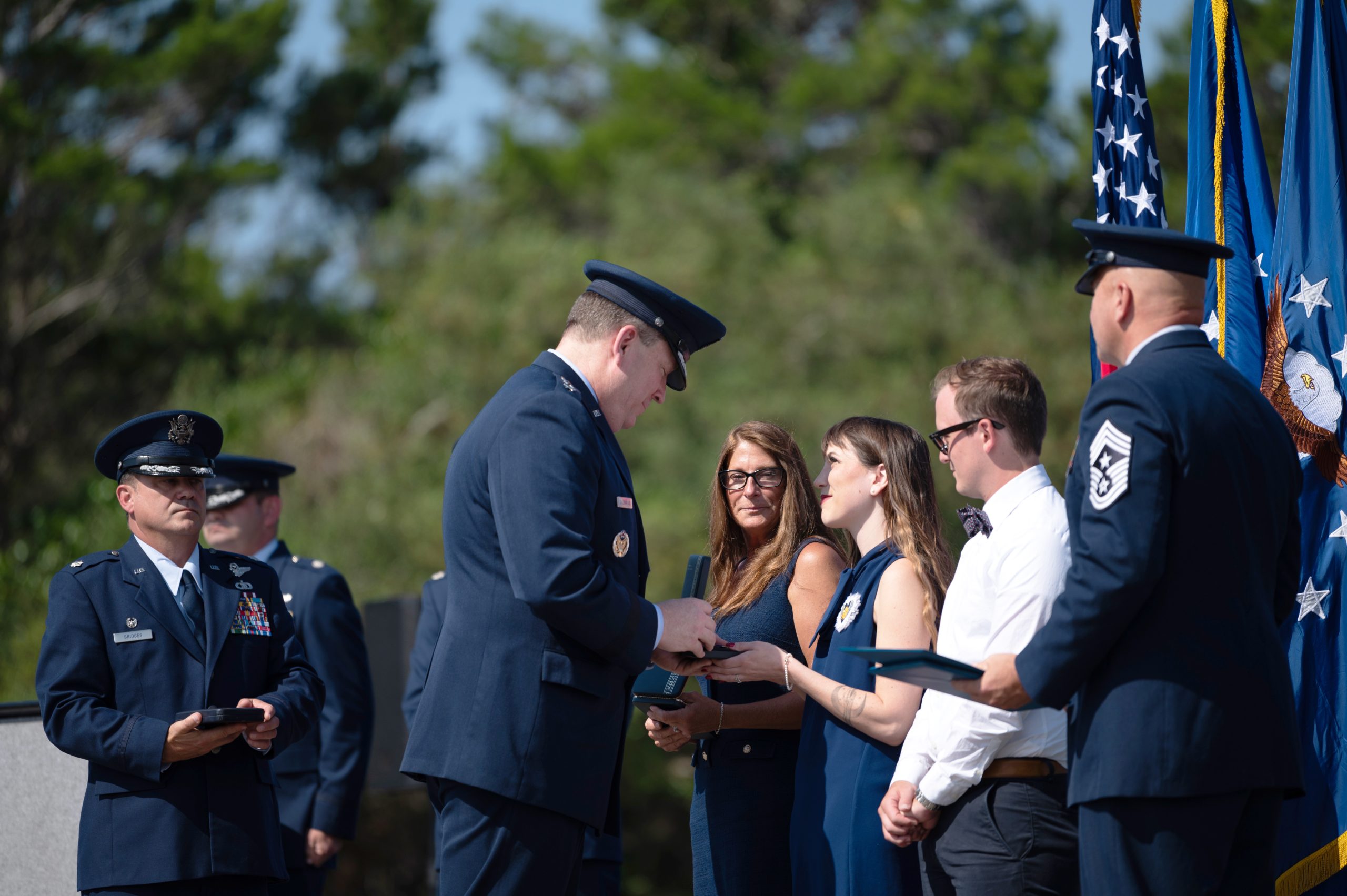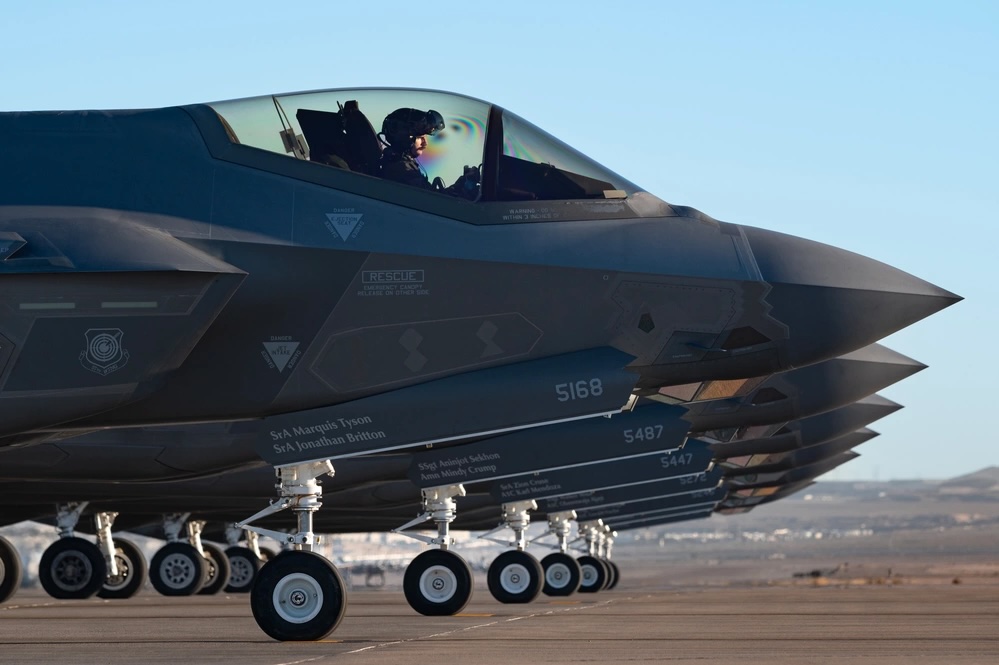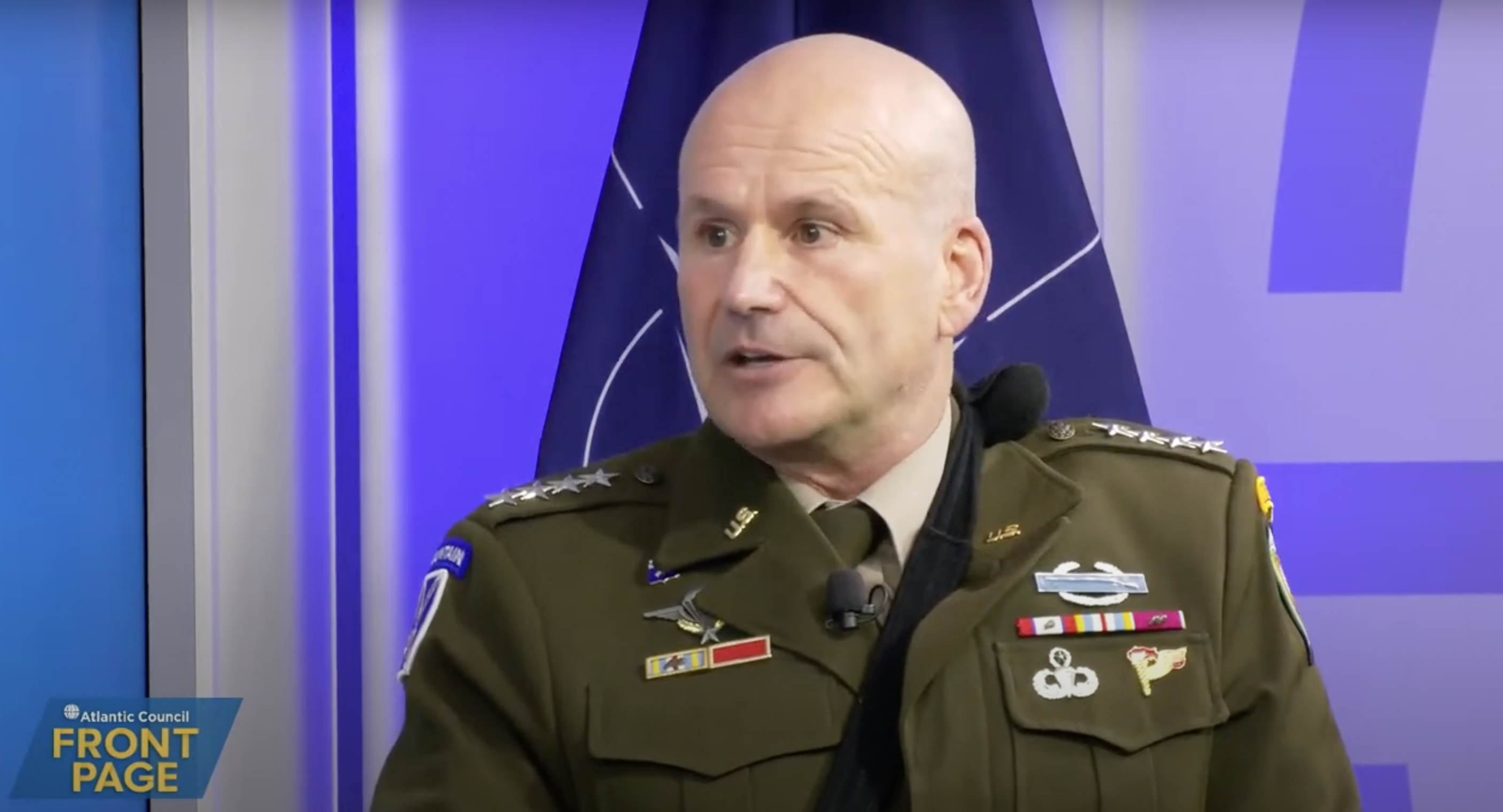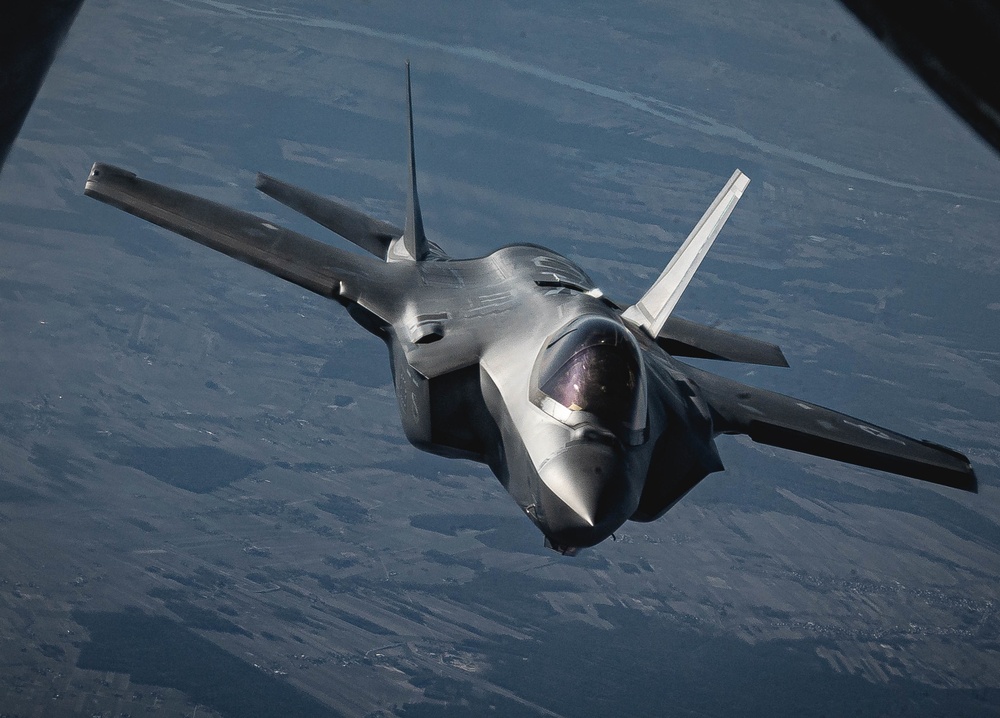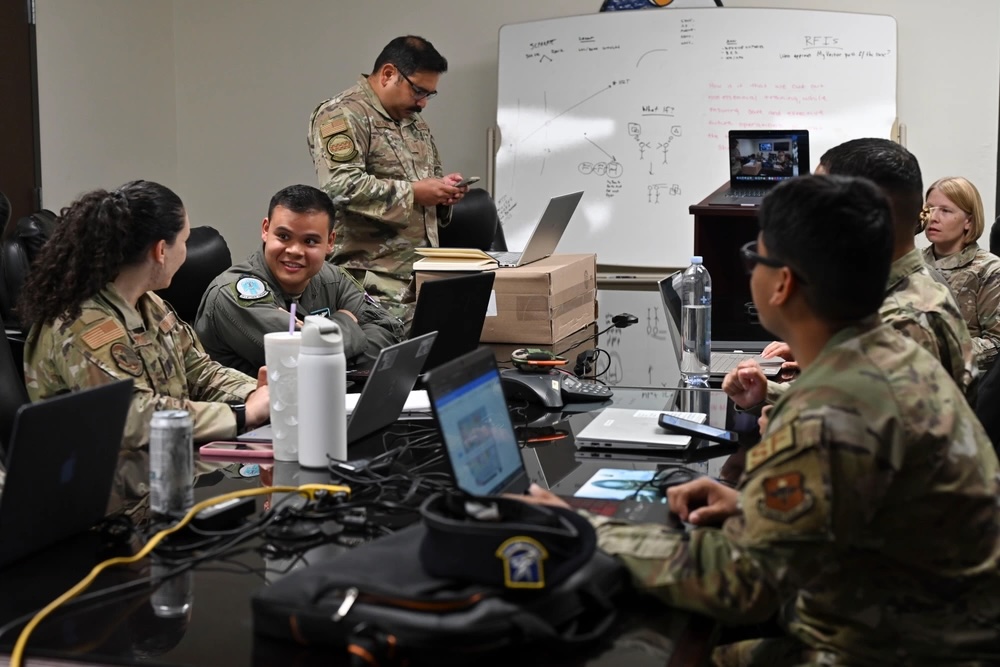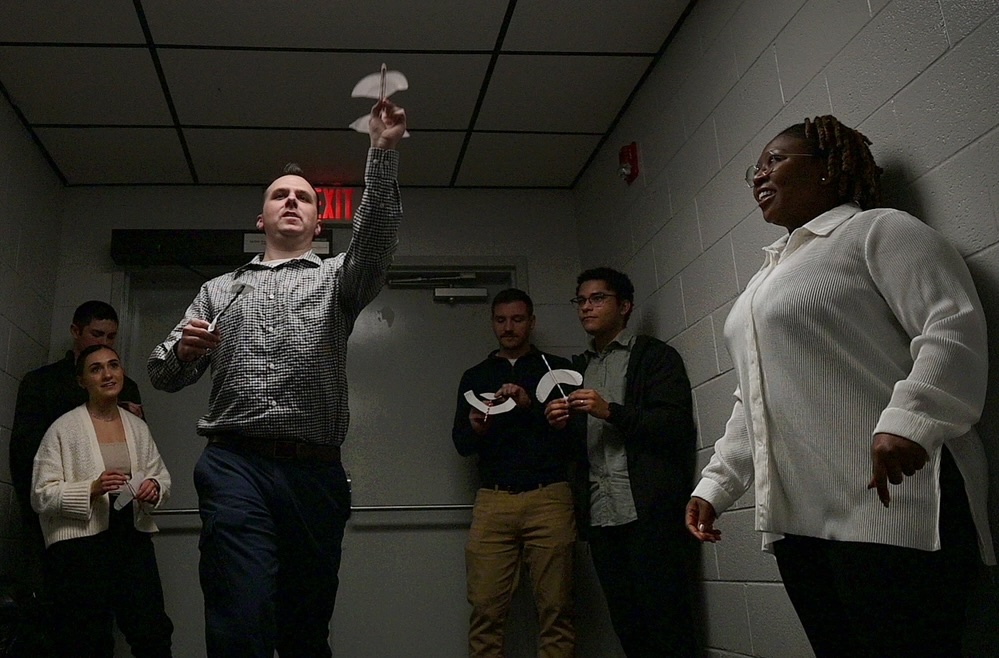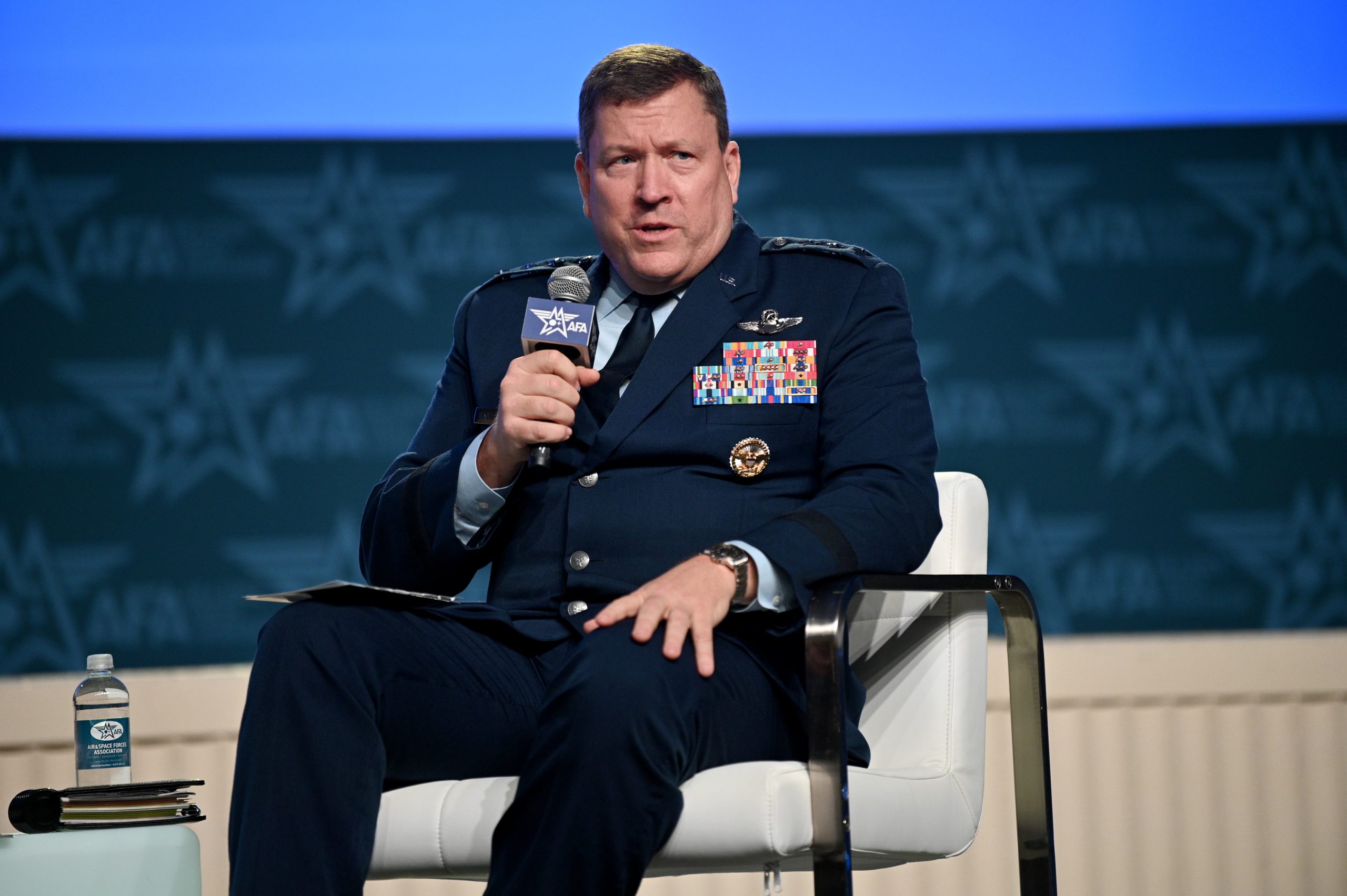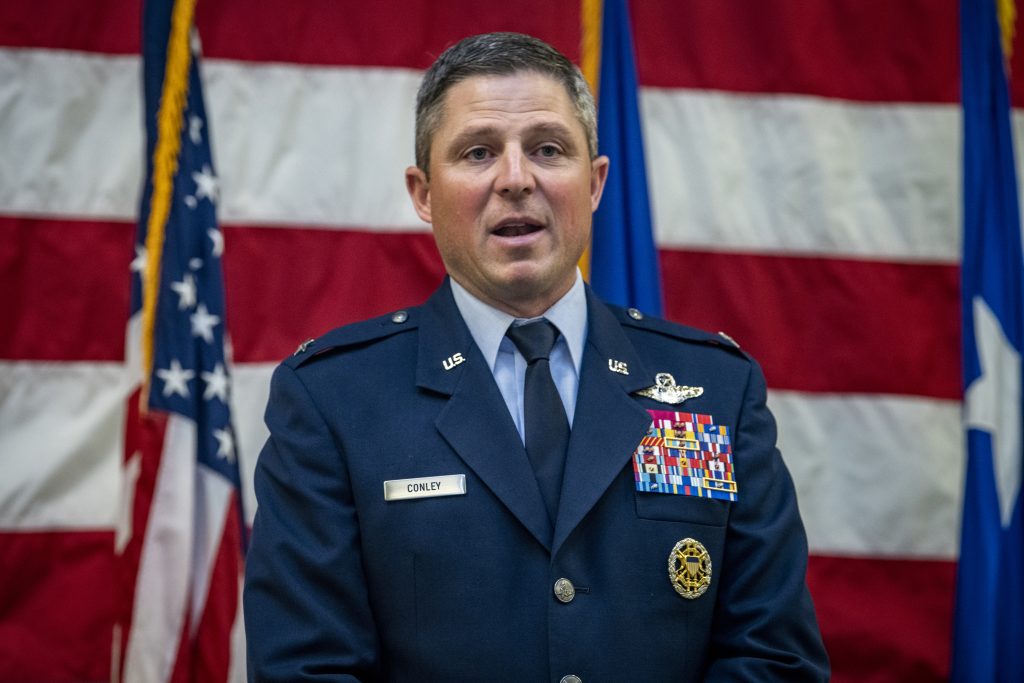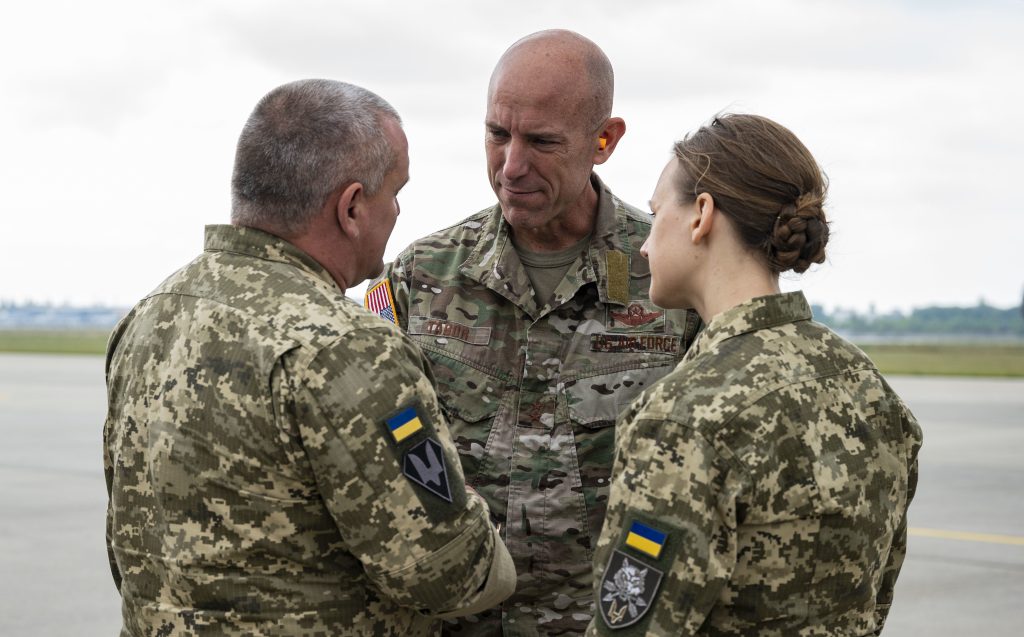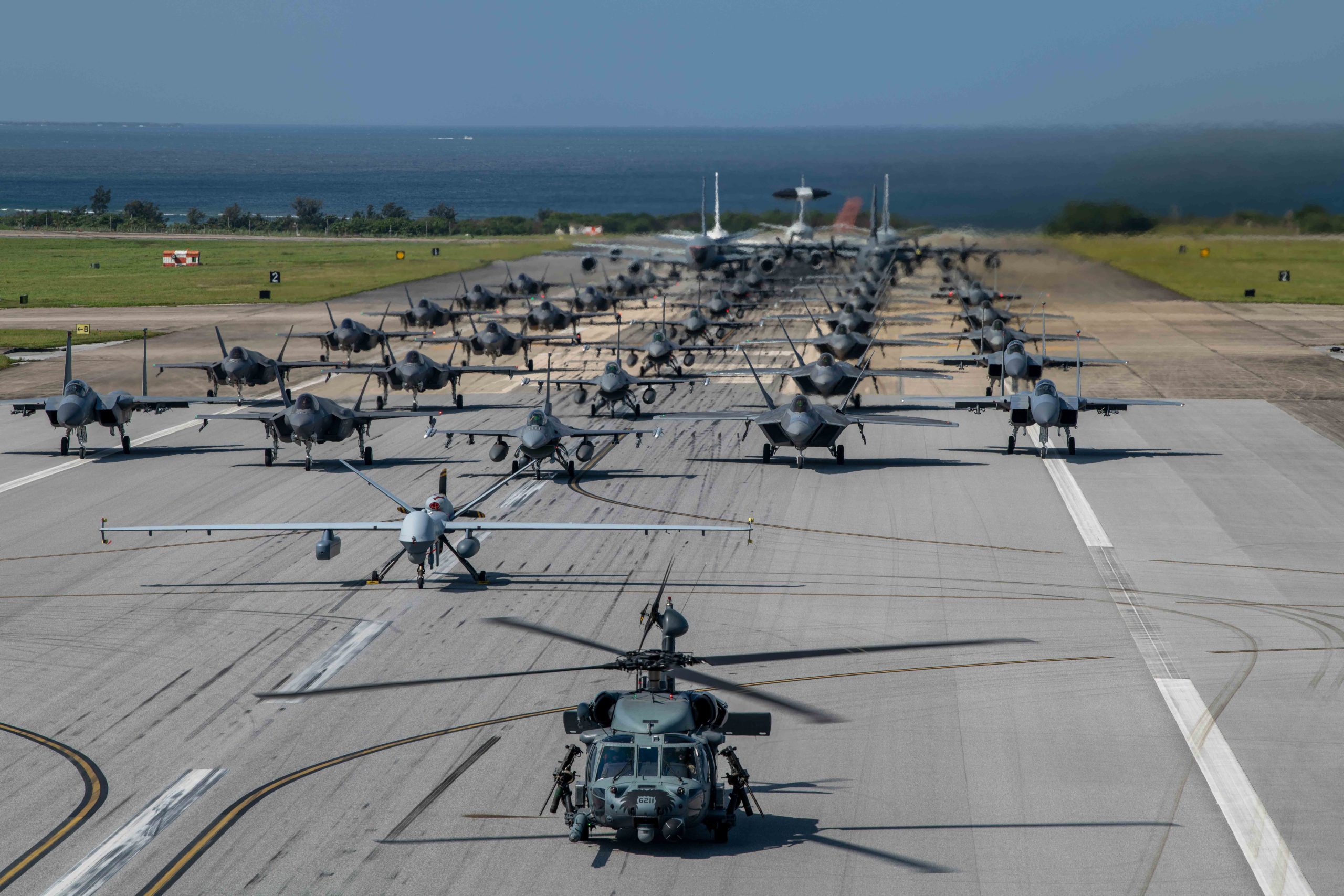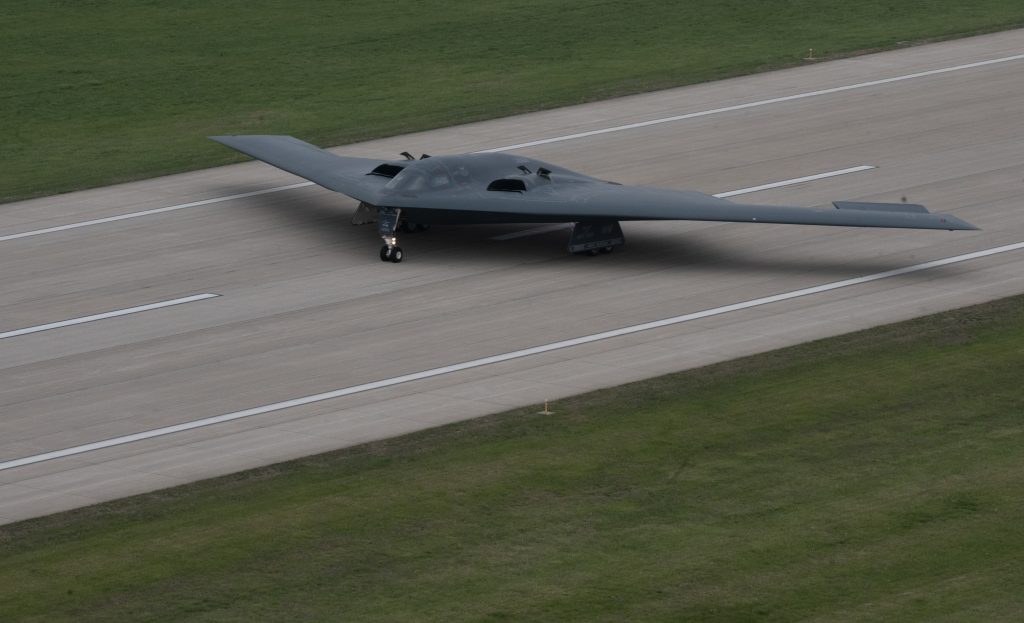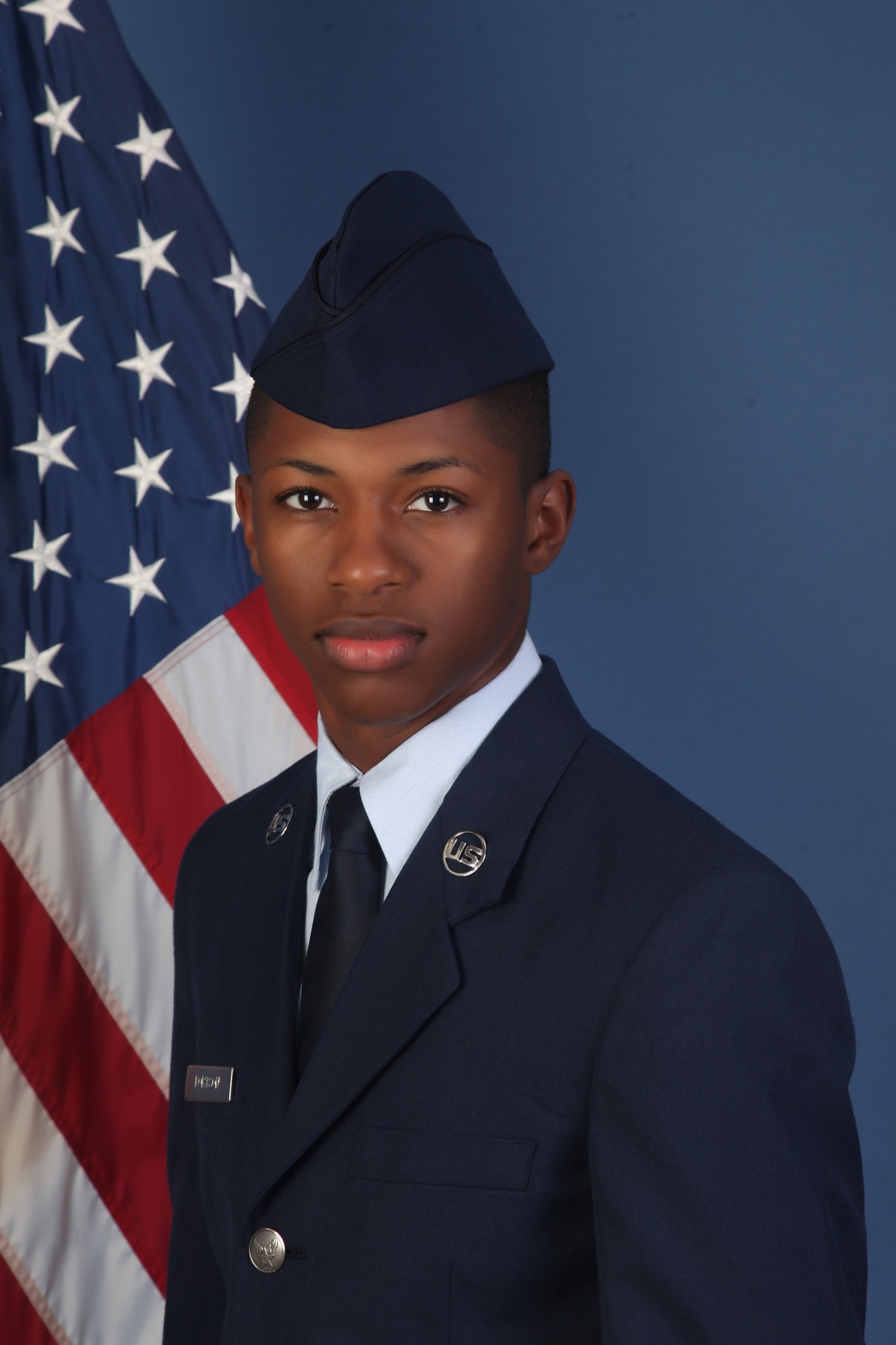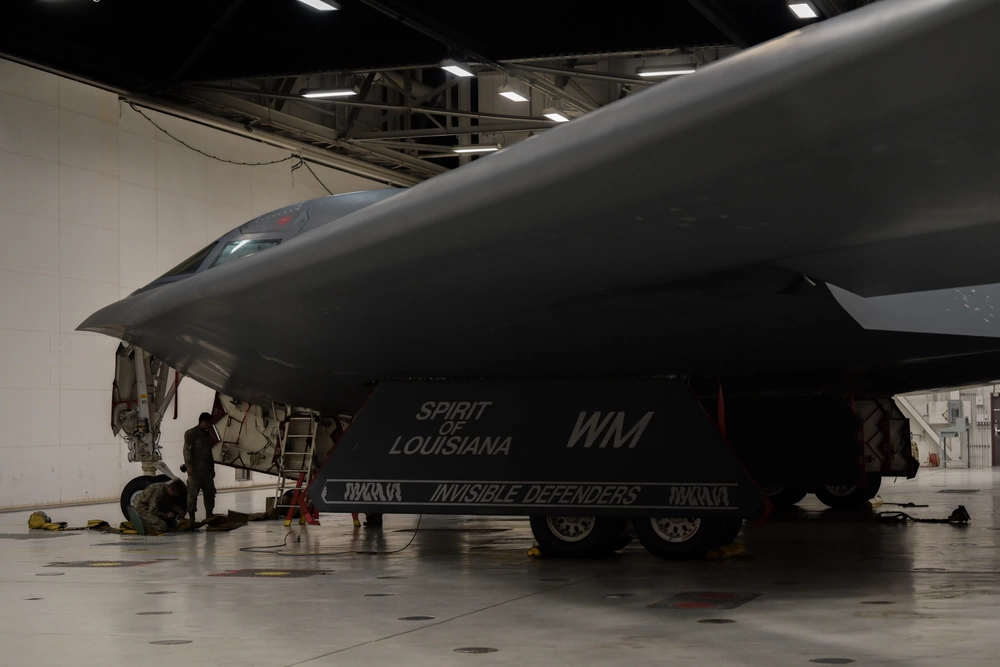Two air commandos who helped save more than a dozen lives in an CV-22 Osprey crash in Afghanistan 14 years ago were posthumously awarded Distinguished Flying Crosses last week, Air Force Special Operations Command announced.
The widows of Maj. Randell Voas and Senior Master Sgt. JB Lackey accepted the decorations from AFSOC commander Lt. Gen. Tony D. Bauernfeind at Hurlburt Field, Fla., where the two Airmen served as members of the 8th Special Operations Squadron.
Voas and Lackley were flying a combat mission in southern Afghanistan in April 2010, when they made an emergency “roll-on” landing. The landing gear collapsed and the aircraft nose hit a drainage ditch, causing the aircraft to flip—snapping off the left wing and severing the right wing and tail from the fuselage.
An accident investigation board later determined an unknown mechanical failure, unexpectedly challenging weather, and a variety of human factors contributed to the crash, which also killed a Soldier and a civilian on board. But while Voas and Lackley knew they were descending too fast and tried to correct their descent rate, they encountered “abnormal engine response” before Voas executed a “nearly perfect” roll-on landing that investigators termed “remarkable by any measure.”
That maneuver saved the lives of two aircrew and 14 passengers. The report noted that Voas and Lackley were admired by their colleagues, describing Voas as “one of the most experienced and highly qualified CV-22 pilots in the Air Force,” and Lackley as “one of the most experienced and highly qualified flight engineers in the CV-22 community.”
“Randy and JB did not have the option to sit back and let the situation unfold around them,” Bauernfeind said during the award ceremony. “They recognized the danger and through their expertise and their professionalism took action to lessen the impact of a compounding situation.”
Air Force Secretary Frank Kendall authorized Bauernfeind to approve the award nominations earlier this year, AFSOC announced in March.
The Distinguished Flying Cross is awarded for heroism or extraordinary achievement while participating in aerial flight; it is the military’s fourth-highest award for heroism.
Lackey was previously awarded a DFC in 2002 for his actions during Operation Enduring Freedom, and Voas won the 2003 Cheney Award given for “an act of valor, extreme fortitude, or self-sacrifice during a humanitarian engagement.” Voas and Lackley each also had been previously awarded the Air Medal and Meritorious Service Medal.
Their 2010 crash was the first fatal Air Force CV-22 accident, and the only one until November 2023, when an Osprey went down off the coast of Japan, killing all eight Airmen on board.
